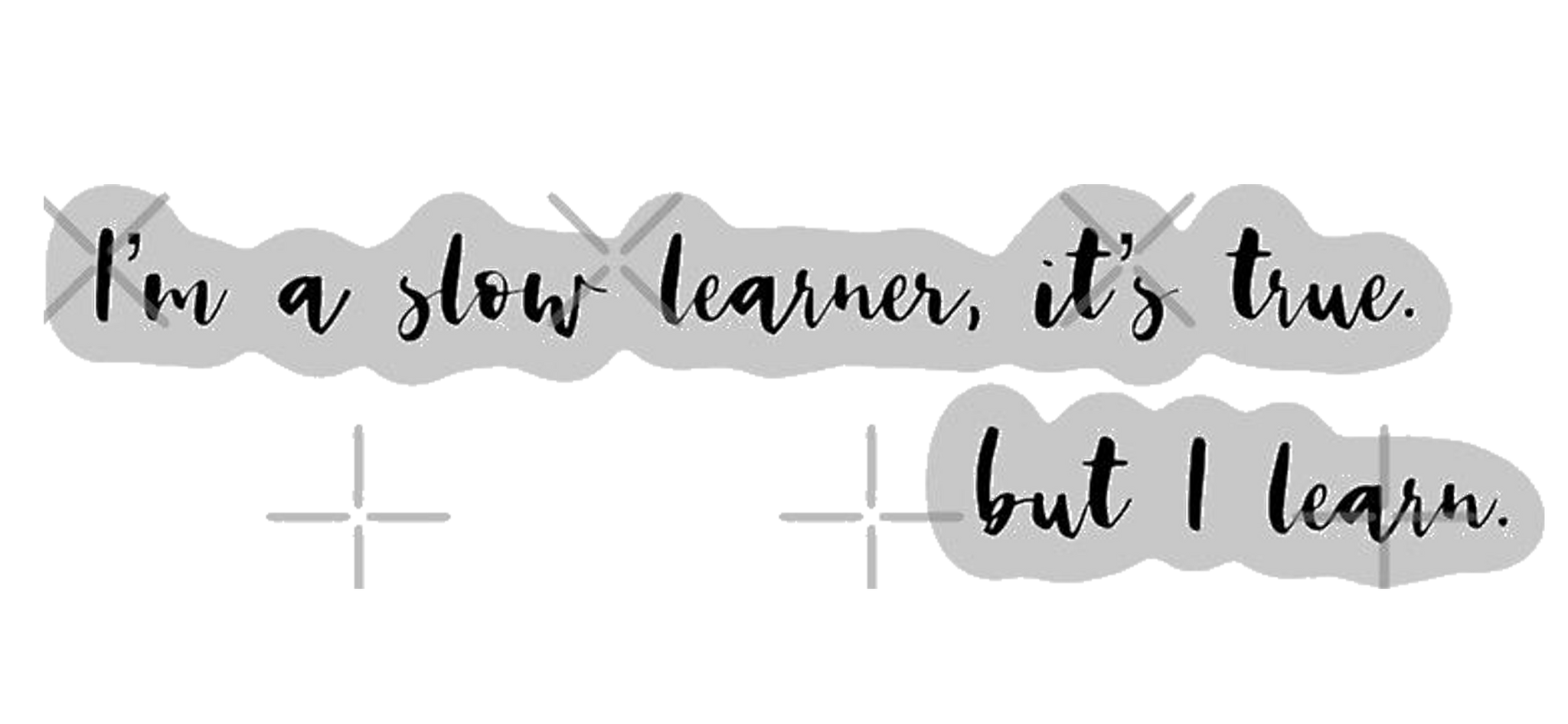
![]() A “slow learner” is not a diagnostic category, it is a broad term applied to students who have the ability to learn necessary academic skills, but at a rate and depth below average same-age peers. These children go through the same basic developmental stages as other children but will do so at a significantly slower rate. However, this development, while being slower, nevertheless be relatively even.
A “slow learner” is not a diagnostic category, it is a broad term applied to students who have the ability to learn necessary academic skills, but at a rate and depth below average same-age peers. These children go through the same basic developmental stages as other children but will do so at a significantly slower rate. However, this development, while being slower, nevertheless be relatively even.
In order to grasp new concepts, a slow learner needs more time, more repetition, and often more resources from teachers to be successful. Reasoning skills are typically delayed, which makes new concepts difficult to learn.
These learning difficulties can then be divided into two categories:
- A child with difficulty in every aspect regardless of how/what she is taught is considered a slow learner. These pupils are often bright and of above-average intelligence; they are also most likely neglected in class and require proper assessment, to be taught properly in the class. The condition of these children in mainstream classes is tantamount to injustice, in such cases, a child’s self-worth drops to a minimum as they are shown their inadequacy – in most cases, they are even unaware they are falling behind. They deserve to be taught by skilled teachers, in a supportive and loving environment.
- The people who have Mild Intellectual Impairment need a tailored program, a sheltered and safe atmosphere with skilled and extensive teaching. They also need to be with children of the same group, not just of the same age. So, that they can form genuine friendships. When a child requires a greatly disproportionate amount of time a teacher will eventually need help, through resources and training, or other skilled teachers who provide such services. However, this is not enough, as mainstream teachers work with multiple students and not one, which is what a slow child requires. Examples of this can be seen everywhere, such as students with the mental capacity of grades below their peers.
It is so important to be able to identify the slow learners in a class as opposed to those children with specific learning disabilities? After all, we have had the ill effects of labeling stressed on us ad nauseam. Social justice and inclusive curriculum advances have also contributed to our awareness and sometimes even our wariness of special needs kids. What then can be possible benefits of identifying these two quite specific groups?
There is only ever one justification for labeling a child with a specific tag. That is to ensure that the level of service and support provided to that child is markedly improved. As the learning needs of these two groups are quite different, it is important to make the correct identification of programming needs.
It is said that ‘normal’ doesn’t exist, and in most cases, it is true. It is unfair to label a child’s progress as normal or abnormal, and learning is no exception to this. Learning is like any other progress; at a certain age, some skills should be developed so that extensive knowledge can be gained. If education was operated on a one-to-one basis there’d be no need for a normal benchmark as children could be taught to their individual abilities. The truth is that school assumes a benchmark level of knowledge and this means that children with learning disabilities are naturally left behind. Learning difficulties are diagnosed by reference to the level of mastery attained by a child in his class at a certain age, these unfair norms were established by testing, and scores below this benchmark are all learning disabilities.
Learning consists of four stages, receiving, understanding, retrieving, and utilizing information. The locus of any learning disability may exist in any of these steps and the type of information it affects will also play a part in how the disability manifests – for example, being unable to distinguish two similar sounding words reflects a ‘receiving’ problem, where an inability to look at a word on a page and say it out loud would indicate an ‘understanding’ problem.
It is important to realize that learning difficulties occur because of problems in the brain’s connections rather than a deficiency of the brain itself. For this reason, children with learning difficulties often have average or above-average intelligence but lack the efficient neural processing which would allow them to reach their academic potential.
The most straightforward way of diagnosing a learning disability is through an IQ test and educational assessments. Such tests tend to give an estimate of a child’s overall achievement, followed by separate scores in a number of skill areas. A learning disability tends to be reflected in a significant discrepancy between the child’s general achievement level and their ability in a particular area.
GCS specializes in the remediation of dyslexia (reading problems) and related language-based learning disabilities. It is common for our students to have attention (ADD or ADHD) and/or executive function difficulties. Other diagnoses may include dyspraxia, CAPD (central auditory processing disorder), dyscalculia, dysgraphia, and disorder of written expression.
We offer many remedial programs to benefit slow learners. For starters, we have our own curriculum that offers individualized schooling based on the need of the student, such as allowing children to revisit old concepts and introducing new concepts in a novel way that will help imprint them into their minds. Essentially we allow children to move through school at their own pace and level.
For the most appropriate intervention recommendation and to attend an assessment please contact the school at 02134800113 or WhatsApp on 03328529243 your and your child’s details to book an appointment.
